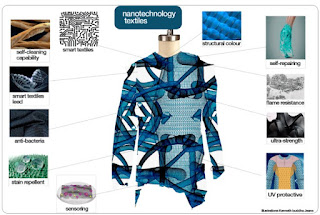Denoising with Bias-Free CNNs
More information on this concept of removing the bias terms of a neural net trained to denoise images, and then using that as a prior for other tasks. Removing the bias leads to increased generalization.
The project page for this bias free denoising research is here.
The githib link for bias free denoising is here.
The arXiv page for the paper is here.
You can watch the paper presentation titled 'Robust and Interpretable Blind Image Denoising via Bias-Free Convolutional Neural Networks' from ICLR here.
You can read the associated paper pdf here.
There is a related paper titled 'How do neural networks denoise natural images?' you can fid here.
...
You can use this denoiser model as a prior for solving linear inverse problems.
The githib associated with this research is here.
...
Image priors, manifolds, and noisy observations
Visual images lie on a low-dimensional manifold, spanned by various natural deformations. Images on this manifold are approximately equally probable - at least locally. The probability of being a natural image,
, is zero everywhere except for
lying on the manifold.
An observed image, , contaminated with Gaussian noise,
is drawn from an observation density,
, which is a Gaussian-blurred version of the image prior. Moreover, the family of observation densities over different noise variances,
, forms a Gaussian scale-space representation of the prior, analogous to the temporal evolution of a diffusion process.
Least squares denoising
Given a noisy observation, , the least squares estimate of the true signal is the conditional mean of the posterior:
...
Algorithm in a nutshell (see paper for details):
- Use the denoiser-defined gradient to go uphill in probability
- On each step, the effective noise decreases, and the effective prior becomes less blurred. The denoiser, and thus the gradient step size, automatically adapts to this.
- This coarse-to-fine optimization procedure converges to a point on the manifold







Comments
Post a Comment